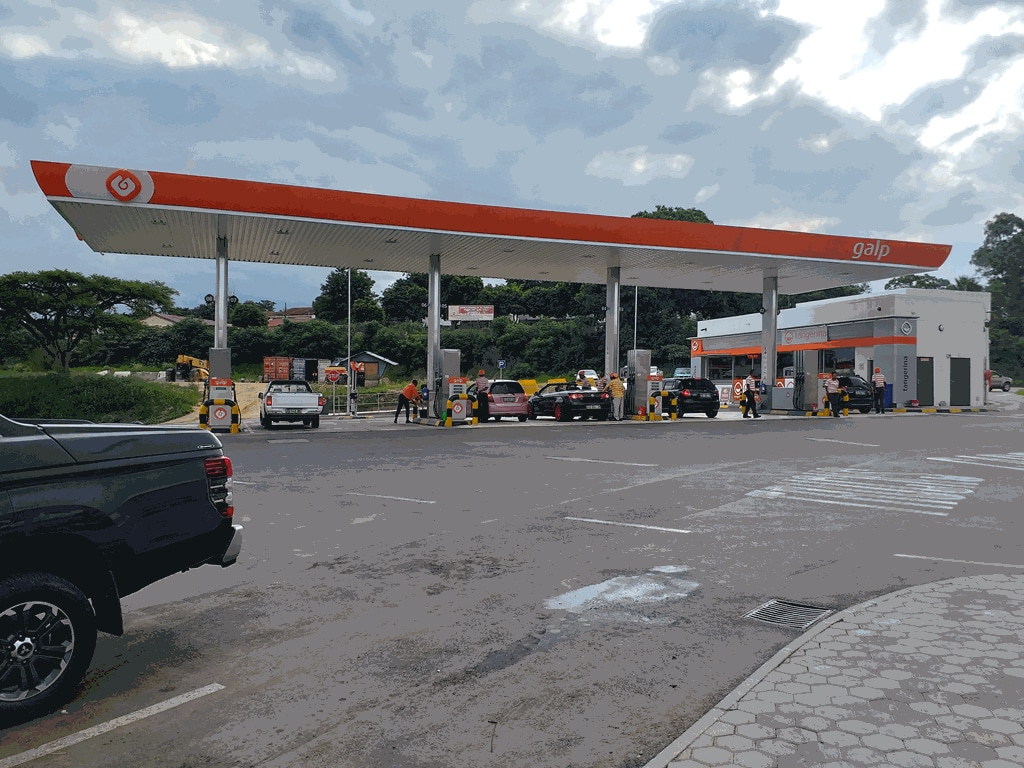
By Sifiso Sibandze
There is no end in sight to fuel price increases as price determinants are signalling a gloomy 2023.
Fuel prices in Eswatini are largely determined by the Rand/Lilangeni per US Dollar exchange rate and the price of oil. Therefore, based on these stark facts, emaSwati should brace themselves for more fuel increases for several months to come mainly because the Rand/Lilangeni against the US Dollar has weakened, and it is expected to continue to fall for the better part of the winter season as South Africa battles with load shedding.
At the beginning of the week, alarms over stage 10 load shedding left the Rand/Lilangeni reeling. The Rand/Lilangeni is being rattled by global risks together with the announcement by South Africa Minister in the Presidency responsible for Electricity Kgosientsho Ramakgopa that Eswatini’s biggest trading partner and Africa’s economic powerhouse is facing a huge energy shortfall in the coming winter months.
On Friday, (April 7) the Rand/Lilangeni weakened to E18.62 to the US Dollar and pulled back to R18.30 on Tuesday (April 11). Terrifically, the Rand/Lilangeni weakened past R18/US$ for the first time since early November, casting a shadow on the outlook for inflation and interest rates trajectory.
Policy Rates
Economic experts say the dramatic fall over the past few days is a blow to consumers and businesses desperately looking for a potential reprieve later in 2023 from the Central Bank of Eswatini, which has raised policy rates by a cumulative 125 basis points (1.25 per cent) to 7.25 per cent since it began its hiking cycle in November 2021.
Over and above the load-shedding crisis, the Rand/Lilangeni is being weighed down by some other external factors which are the global risks perceptions to which it (Rand/Lilangeni) is susceptible.
Read More: Petrol price rise warning after OPEC oil output cut
One of those global factors negatively impacted the Rand is the US nonfarm payrolls report for January, released just more than a week ago which suggested a robust US labour market with 517 000 jobs having been created during the review month relative to market expectations of 185 000.

The jobs report supported the US Dollar at the expense of the Rand/Lilangeni as the buoyant US labour market was tenaciously cast in a negative light, effectively implying protracted high inflation and interest rates in the world’s largest economy.
Output Cuts
Moreover, the fuel price is expected to continue soaring following Saudi Arabia and other OPEC+ oil producers at the beginning of April announced further oil output cuts of around 1.16 million barrels per day, in a surprise move that analysts said would cause an immediate rise in prices.
The pledges bring the total volume of cuts by OPEC+, which groups the Organization of the Petroleum Exporting Countries with Russia and other allies, to 3.66 million bpd according to Reuters calculations, equal to 3.7 per cent of global demand.
Oil prices last month fell towards E1 260 a barrel (US$70), the lowest in 15 months, on concern that a global banking crisis would hit demand. Experts have predicted that the latest reductions could lift oil prices by E180 per barrel (US$10).
Top OPEC producer Saudi Arabia said it would cut output by 500 000 bpd. The Saudi energy ministry said the kingdom’s voluntary reduction was a precautionary measure aimed at supporting the stability of the oil market.
Production
Last October, OPEC+ had agreed to an output cut of 2 million bpd from November until the end of the year, a move that angered Washington as tighter supply boosts oil prices.
The voluntary cuts start in May and will last until the end of the year. Iraq will reduce its production by 211 000 bpd, according to an official statement. The UAE said it would cut production by 144 000 bpd, Kuwait announced a cut of 128 000 bpd while Oman announced a cut of 40,000 bpd and Algeria said it would cut its output by 48 000 bpd. Kazakhstan will also cut output by 78 000 bpd.
Russia’s Deputy Prime Minister Alexander Novak also said on Sunday that Moscow would extend a voluntary cut of 500 000 bpd until the end of 2023. Moscow announced those cuts unilaterally in February following the introduction of Western price caps.
Read More: Construction of Strategic Oil Reserve facility starting in April
On Wednesday, March 29, the price of fuel soared for the second consecutive time since the beginning of 2023, signalling tough times ahead for car owners and bondholders alike who are all grappling with the high cost of living crisis. The Department of Energy under the Ministry of Natural Resources and Energy announced that petrol increased by 50 cents a litre from Friday, March 31, making this economic lifeblood more expensive. Diesel and paraffin, on the other hand, decrease by 40 cents per litre and 30 cents per litre respectively.
Turbulent
When announcing the increase, the Energy Department stated that the Brent Crude Oil prices remained turbulent as the crude oil prices declined due to the surging crude oil inventories. By then, the crude oil prices traded at an average of E1 434 (US$79.70) a barrel and the Rand/Lilangeni per Dollar exchange rate weakened and averaged E18.35 in March 2023 compared to the E17.76 realised in February.
In neighbouring South Africa, early data has pointed to yet another petrol price increase. This comes as the Central Energy Fund released its snapshot of fuel prices on April 10, which indicated that diesel users could be in store for another cut while petrol users will be forced to fork out more cash.
The data revealed that petrol prices could rise between 63 cents and 70 cents per litre while diesel could decrease between 38 cents and 50 cents per litre.



